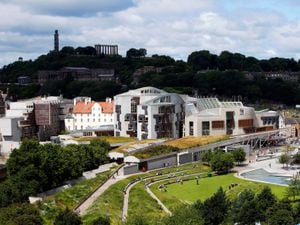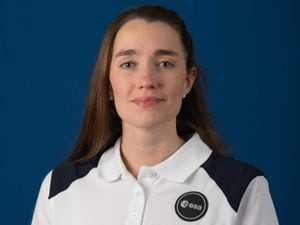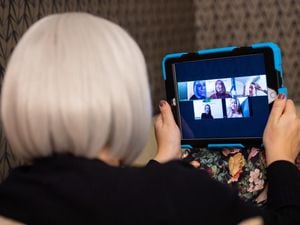Lectures to reveal secrets behind RAF triumphs
Some of the lesser-known stories behind the exploits of British airmen in the Second World War and Cold War will be revealed in two lectures organised by the RAF Museum.

The use of drugs to improve the performance of airmen during the Second World War and the gathering of intelligence by British airman flying around Berlin in the Cold War years will be explained by leading experts at the talks.
The first lecture, entitled Amphetamines and Air Power, is on Thursday evening at Wolverhampton University.
James Pugh, a lecturer in modern history at Birmingham University, looks at how the amphetamine Benzedrine was used extensively by both the British and Australian military during the Second World War.
The drug, a powerful stimulant that affects both wellbeing and wakefulness, was used extensively during the conflict.
Pugh will explain recent research which revealed how the RAF used the drug on operations. He says despite this, we know comparatively little about how amphetamines were understood or utilised by organisations connected to the RAF at the time. His talk will also explore how knowledge about amphetamines moved between the RAF and the Royal Australian Air Force during the Second World War.
His talk will be at the university's Millennium City Building in Wulfruna Street, Wolverhampton, from 6.30pm to 8pm.
The second lecture, at the RAF Museum in Cosford, looks at the Chipmunk air reconnaissance missions around Berlin during the Cold War era.
In the aftermath of the Second World War, the western allies and the Soviets agreed to allow British, French and American aircraft free travel through the air corridors covering a 20-mile radius around Berlin.
During the 1950s, the RAF took advantage of this by flying Chipmunk training aircraft over Soviet military basis to gather important intelligence.
The Chipmunk crews used hand-held cameras to discretely photograph these targets, resulting in comprehensive order of battle information and outstanding technical-quality images which were highly prized by the allied intelligence agencies.
Those attending the lecture, from 12.30pm to 2pm on June 15, will be able to see examples of the imagery collected between 1946 and 1990, focusing mainly on the 1980s.
Admission to both lectures is free of charge, but visitors are advised to book their places through the museum's website rafmuseum.org/cosford.





